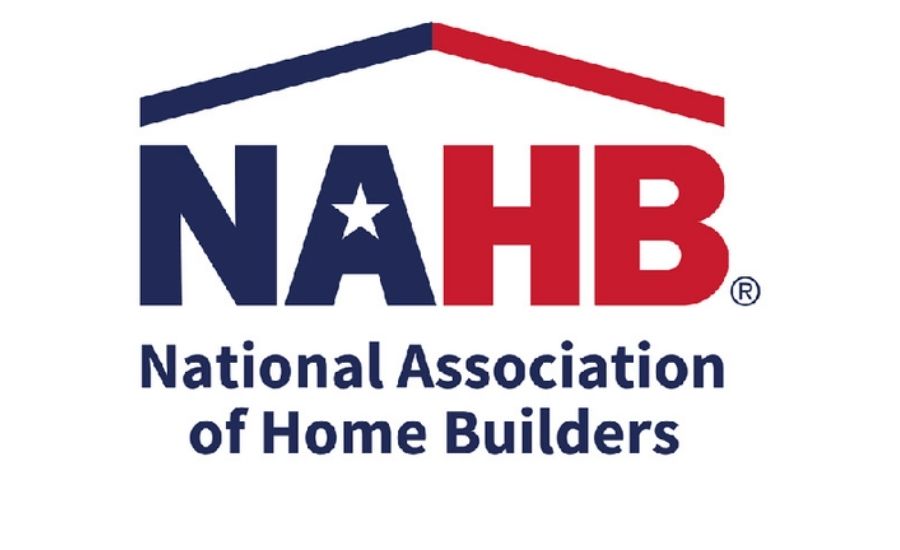NAHB’s efforts to engage the White House to convene a home building materials supply chain summit seeking out solutions to end production bottlenecks that have resulted in soaring material prices has borne fruit.
Recently the NAHB, along with a diverse group of stakeholders, participated in a virtual discussion hosted by the White House regarding current challenges across the home building supply chain, its implications for the broader housing market, and possible solutions. Administration officials participating in the event included Commerce Secretary Gina Raimondo, HUD Secretary Marcia Fudge, Assistant to the President and Director of the National Economic Council Brian Deese, Assistant to the President and Director of the Domestic Policy Council Ambassador Susan Rice, and Chair of the Council of Economic Advisers Cecelia Rouse.
Because of NAHB's ongoing efforts, the issue of rising material prices and supply shortages has been brought front and center to the Biden administration. NAHB stressed at this meeting that it is imperative that lumber mill producers boost production in order to meet rising demand.
This meeting was the culmination of a year-long effort where NAHB has been in the forefront of educating the public and policymakers about how rising lumber and building material prices are harming home builders, home buyers and the economic recovery.
In the policy arena, NAHB has reached out to virtually every member of Congress on this issue and held talks with top White House officials and Cabinet leaders. Thanks to the outreach of NAHB’s grassroots membership, several House and Senate leaders have openly raised the issue of soaring lumber prices and housing affordability with Secretary Raimondo and U.S. Trade Representative Katherine Tai. These efforts helped pave the way for today’s meeting. In fact, Secretary Raimondo addressed the NAHB Leadership Council on June 28 and said that “supply chain disruptions are at the top of my mind.”
In another positive development, many in the residential construction industry may have seen media reports about the recent sharp drop in lumber prices. While this is good news, the lumber crisis is far from over. Most builders have not been able to take advantage of this development because producers are still selling off lumber that they purchased from mills when prices were at their peak.
Moreover, sawmill output continues to lag. During the meeting, NAHB underscored that if supply does not increase fast enough to meet demand, we may find ourselves in the same situation as last November, when lumber prices posted a similar steep reduction only to reverse course and move to record-high levels.
And while lumber prices have just recently begun to move downward, the price for other building materials such as oriented strand board continue to soar.
Chuck Fowke, chairman of the NAHB, issued the following statement upon the conclusion of the White House meeting to discuss home building material supply chain issues:
"NAHB is thankful that the White House heeded our concerns to hold this urgent and timely building material supply chain meeting. For the past year, rising building material prices and supply shortages, particularly for framing lumber, have hurt home builders, home buyers and the economy by adding tens of thousands of dollars to the price of a new single-family home.
"It was encouraging to see so many groups involved in this discussion and today's meeting was an important step forward to seek solutions to end production bottlenecks that have harmed housing affordability. NAHB commends the White House for making this issue a top priority. I want to give special thanks to Commerce Secretary Gina Raimondo, who has worked closely with NAHB on this matter and understands the need to address the supply chain disruptions that are impeding housing and economic growth."
Learn more about what NAHB is doing to resolve the lumber crisis by visiting their lumber page at nahb.org.

Report Abusive Comment